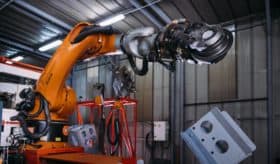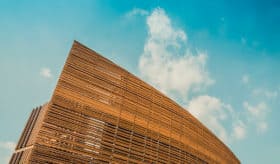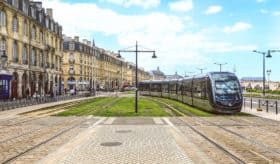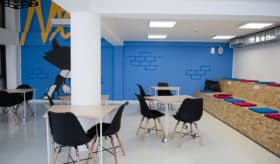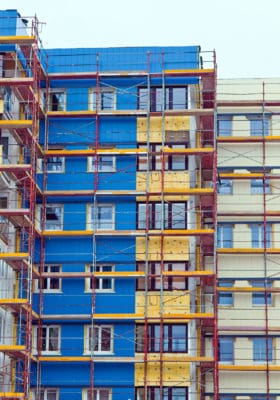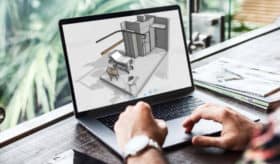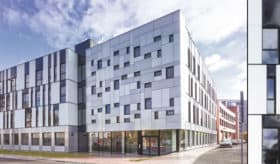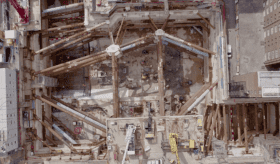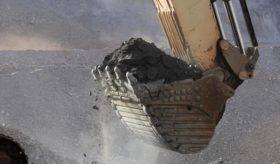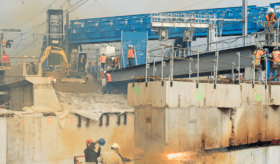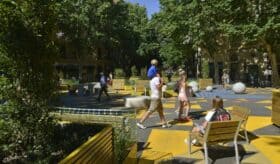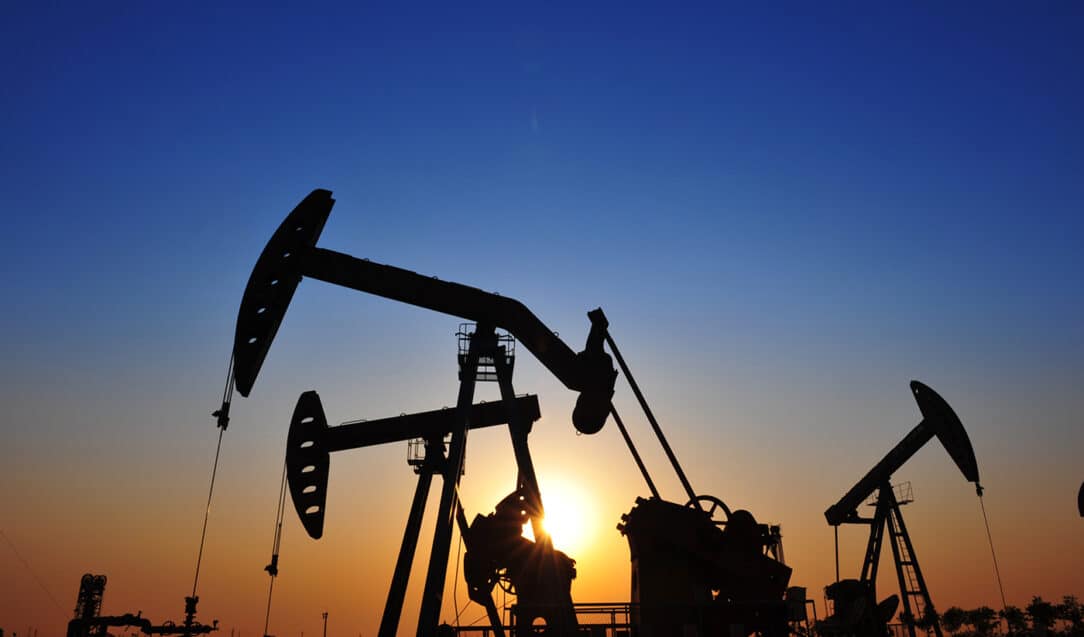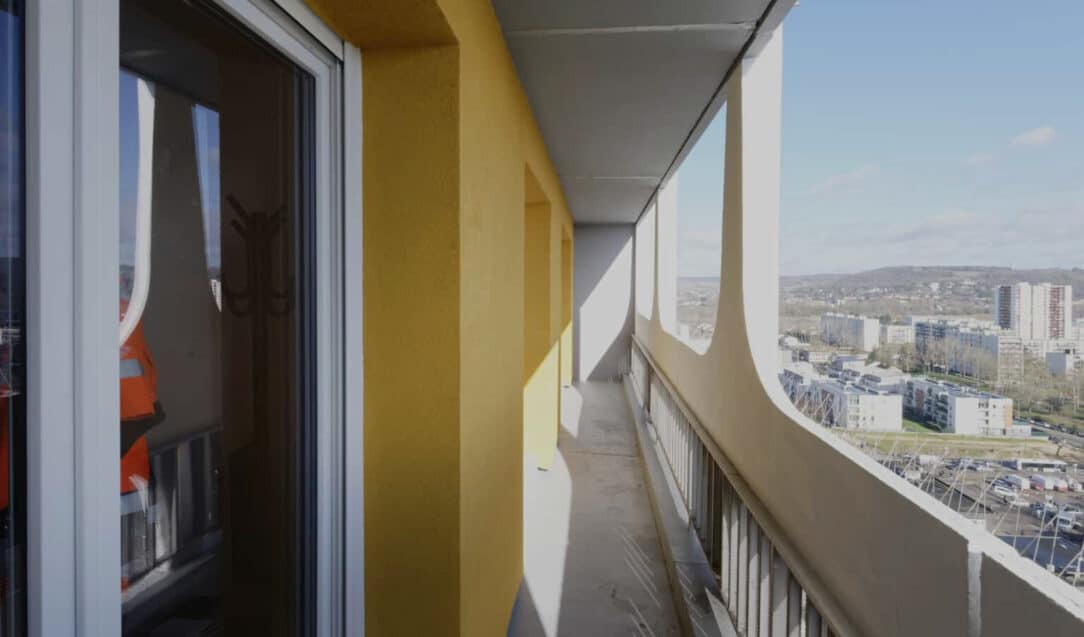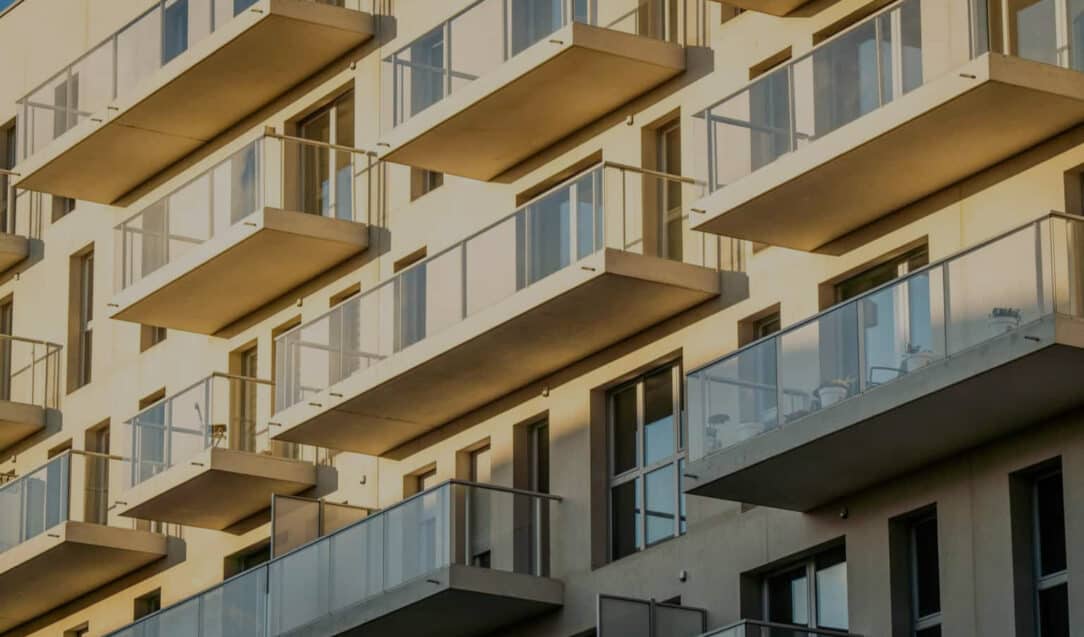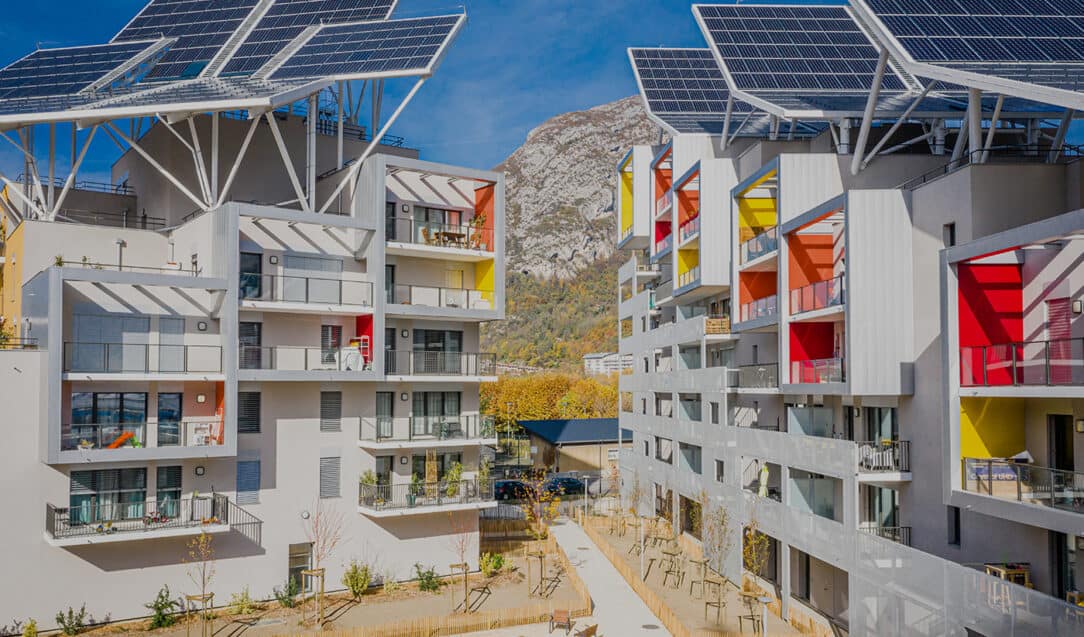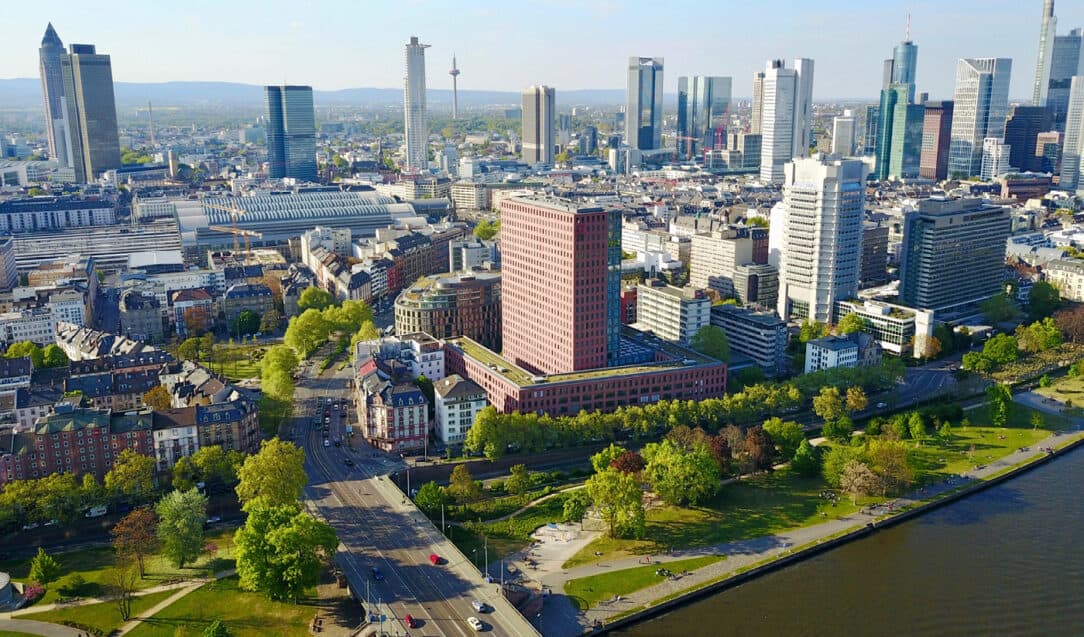Have robotics already become a reality at all sites?
While there's no longer any question that robots are an asset for construction sites, increasing their uses involves overcoming a number of hurdles: access to the machines by workers (journeymen), improvement of human / machine interaction, autonomy of robots, financial viability, and so on. There is a complex web of challenges that the construction sector has yet to solve before robotics can become a true ally for construction sites and journeymen. Explanations.
QUARTIER BAS CARBONE 2040: SCENARIOS AND TOOLS FOR A DIFFERENT APPROACH TO DESIGN
Interview with Françoise Cadiou, project manager at the French Atomic Energy and Alternative Energies Commission
“Living with… for the last year”
La Vie avec (Living with...) is a user-adjustable system for monitoring the adaptation of French habits and lifestyles, combining monthly quantitative surveys of a panel of 1,000 people and the management of an online community of 50 citizen-consumers. The quantitative data presented in this article is taken from an online survey conducted by ObSoCo (Observatoire Société & Consommation) on the Respondi panel from 19 to 26 January 2021 on behalf of Bouygues Construction in three survey areas: the ideal living environment, housing as a work environment and involvement in local and community initiatives.
Teleworking: less travel, less carbon?
When health conditions required the widespread use of teleworking – wherever possible – in 2020, the sudden drop in travel, especially by car, was obvious to everyone. Some have been quick to conclude that teleworking has a beneficial impact on the environment. But what are the real effects of teleworking on mobility, and as consequence, on the carbon footprint of occupational activities?
Energy self-consumption
Being part of the electricity production system is something that is appealing to more and more French people. But what is energy self-consumption really?
Transforming a street with a brushstroke: what does the future hold for tactical urbanism?
During 2020, the term 'tactical urbanism' suddenly appeared on the front pages of the press to describe the arrangements being tested in the face of the COVID-19 crisis: pop-up ‘corona cycle lanes’ marked out in yellow on the streets or temporary terraces for restaurants and cafés instead of parking bays, for example. Light, low-cost, temporary and sometimes transitional, tactical urbanism has many advantages in the face of crisis. Do these facilities point to more permanent developments? How do you transition smoothly between two views of a street or a square? What are the social and cultural issues at stake, and what are the impacts in terms of use? What initiatives can come from the inhabitants of an area?
“From housing to the city, what locals prefer: account of an investigation
An action research initiative carried out between Bouygues Construction and Alain Bourdin's teams from the Paris Urban Planning School, the Mixcity project responds to a desire to better understand their lifestyles and their expectations at two levels… Interview.
Creating a town’s digital twin, using the digital management platform
The Digital Management Platform (DPMP) has already been tested on BBFE and BBI projects as part of research into added values to business lines, but it is the first time it is used for a Bouygues Energies & Services project. We talked to Pierre Fougère, project manager for the Grande Motte project.
Setting up a regional resilience programme
In late 2020, Bouygues Construction, Banque des Territoires and Chronos (an urban innovation consulting firm), with the support of France Ville Durable, held a retreat to discuss the topic of setting up a regional resilience programme. Using an array of assessment tools and regional initiatives, the attendees identified the key factors needed to formalise a regional resilience programme. France Ville Durable, Cerema, AEME, the French High Committee for National Resilience, the Paris Région Institute and the Grenoble Urban Planning Agency spoke of the dedication shown by those involved in this subject, and animated discussions on how to formalise the concept of regional resilience.
Will the new silk road change the world?
Since 2013, China’s Belt & Road Initiative (BRI), also referred to as the New Silk Road, has been building a network to connect China with the rest of the world, with railways, highways, ports, airports, industrial areas, data centres and telecommunication networks. As part of this strategy, China has been financing and building infrastructures in a number of third-world countries in Asia, as well as Africa, the Middle East, Latin America and Europe. Is this New Silk Road about to change the world? Will it be open to everyone or under Chinese control? Is there a place for Europe? Below we consider three fictional and highly distinct scenarios in order to explore various possible futures, some frightening, some fascinating.
Intensifying the use of existing buildings
How do we do more with less? Modern cities are faced with numerous challenges. They need to emit less carbon and halt urban spread into natural areas, while also having enough space to live in social harmony and in line with shifting trends (reconstituted families, telework, etc.). With these contradictory demands—acquiring more space with less sprawl—time becomes an unexpected resource. Some spaces in our buildings are used only for certain times of the day, week or year. For example, educational facilities are generally used around 20% of the time, while offices are used between 30% and 45% of the time. This means they can be used more, by finding new users and new ways to use them. Let’s look at a few concrete examples.
Care homes & hospitals: digitisation for useful, comfortable, sustainable construction
To meet the needs of both patients and healthcare workers, each healthcare site must combine reliability with ease of use. This fact is not always taken into account. This is evidenced by the numerous problems pointed out by users relating to space and practical issues. However, whether in care homes or hospitals, the building can be a valuable asset in taking care of the most vulnerable and allowing health professionals to work in the best possible conditions. This is a major challenge that Bouygues Construction wants to address using digitisation.
Smart homes: the latest on “intelligent” housing
Whether in the interests of comfortable living or to reduce energy consumption in homes, connectivity is increasingly present both in individual housing and multi-unit buildings. An advantageous transformation that might well lead to the embedding of certain technologies in all new housing.
Openness and sharing: sources of value for the world to come…
How to be attractive, create value and be scalable is the challenge for office buildings in order to meet all the complexity of an increasingly pressurised market. The uses and structure of such buildings require urgent rethinking in order to meet the new expectations of their occupants, as well as health and environmental issues. Solutions exist, but such changes must be anticipated in order to be implemented effectively.
Transitionning cities
Time, an essential aspect of our lives, is a somewhat overlooked entry key in the development and management of the city. While space has often been organised to save time, rarely has time been organised to save space. More generally, the chronotopic approach combining space and time remained marginal for a long time. But times are changing!
Will the city of the future run on hydrogen?
Hydrogen has been put forth as a critical "green" energy solution in the next decades. Between public and personal transport, power production and storage, the innovations are proliferating around the world to make hydrogen a central part of our daily lives.

